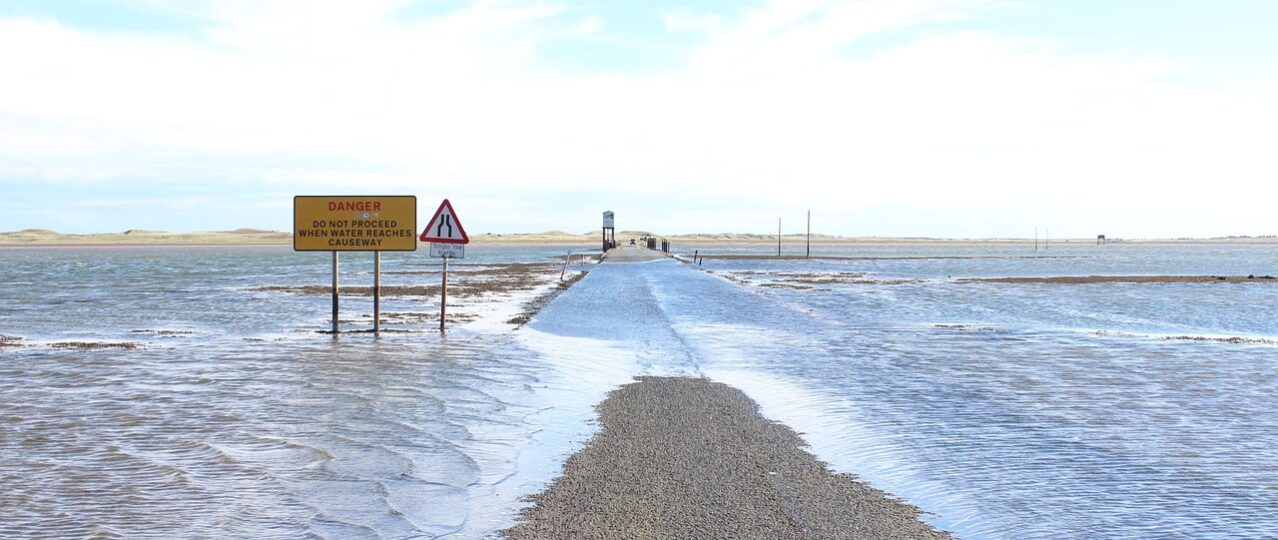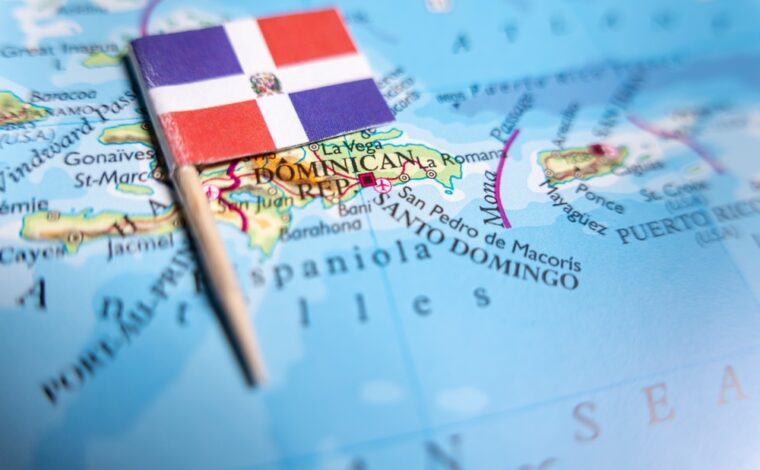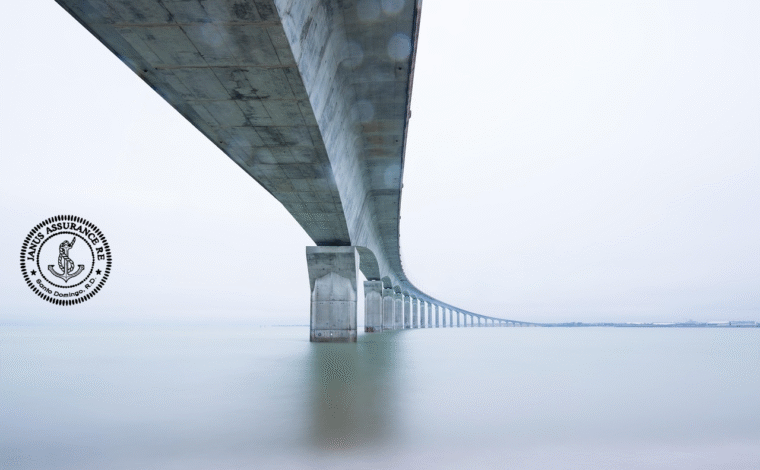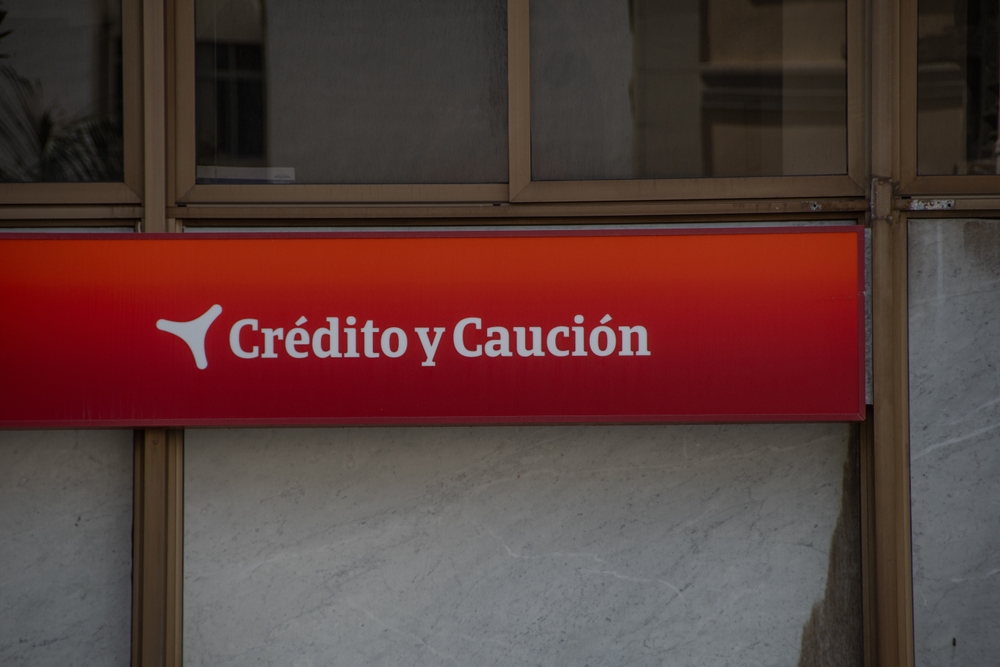The Wall Street Journal article “The Former Banker Betting on the Unprofitable Business of Flood Insurance” (2025) is a head-turner. Insurer insolvency, state pools (especially in Florida and the southeast) under extreme duress and others withrawing from P&C and running for cover from forced participation schemes are instructive. The article profiles Trevor Burgess and Neptune Insurance Holdings, a Florida-based private flood insurer whose founder believes that advanced modeling and algorithmic underwriting can finally make the peril of flood profitable. The company’s thesis is that technology and “capital light” partnerships with global reinsurers can transform flood into an “investable asset.” Yet the structure of the U.S. flood-risk market, the behavior of reinsurers, and the nonstationary nature of the peril itself all suggest that this is, in probabilistic terms, a scary long-term bet.
Flood risk is dynamically changing because of climate-driven precipitation intensification, sea level rise, and the continuing urbanization of floodplains (Milly et al. 2008; Wing et al. 2022). Model calibration that depends on historical event frequency or stage–damage curves assumes stationarity, the idea that the statistical properties of floods remain constant. This assumption no longer holds. Even small mis-specifications in hazard models propagate into extreme tail error in loss exceedance curves. The result is that underwriting models optimized on historical or even recent data can systematically underprice correlated losses (Knutson et al. 2023). The Wall Street Journal notes that “flood modeling has improved rapidly,” but modeling improvement does not eliminate epistemic uncertainty; it merely narrows ranges within still unstable assumptions.
The National Flood Insurance Program (NFIP) has accumulated nearly $40 billion in losses over two decades, as the article acknowledges. Those deficits are structural, not incidental. Congress caps premium increases and authorizes subsidized rates for many properties (U.S. GAO 2023). Even with the rollout of Risk Rating 2.0, statutory glidepaths delay full-risk pricing for many years. We see private carriers operating against a competitor with non-market pricing power. Where the NFIP undercharges, private insurers lose customers; where NFIP rates rise, political backlash often halts the increases. This asymmetric competition is what economists call policy risk, a risk exogenous to underwriting competence.
Proponents of private flood often cite diversification across thousands of zip codes. In practice, hydrologic and meteorological correlations make such diversification illusory. River basins and coastal storm surges generate large area losses that defeat regional spread (Swiss Re 2024). NOAA’s Billion-Dollar Weather and Climate Disasters report shows that flood-related and severe convective storm events have trended upward both in frequency and inflation-adjusted severity (NOAA 2024). When compound perils such as storm surge and pluvial flooding occur, tail dependence increases dramatically, forcing reinsurers to raise capital charges. Therefore, even with algorithmic underwriting, a portfolio can experience catastrophic correlation. Neptune’s model, as the Wall Street Journal describes, relies on “global insurers” that empower the company to write business on their paper. This managing general agent structure is “capital light” only while reinsurance markets remain soft. After large-scale events such as Hurricane Harvey (2017) or the 2023 U.S. convective storm sequence, reinsurance capacity contracts and rates-on-line spike (AM Best 2024). Because managing general agents generally do not retain risk, they cannot accumulate underwriting profit to buffer hard-market periods. Thus, when reinsurance prices rise, margins collapse. A business dependent on volatile input costs it does not control cannot sustain stable returns over a full catastrophe cycle.
Despite twenty million properties at high flood risk, only about five million U.S. homes carry flood coverage, almost all through the NFIP (First Street Foundation 2024). Empirical studies show that take-up is highly price-sensitive and driven by immediate experience—policy purchases spike after floods and decline within three years (Kousky 2020). Burgess himself told the Journal that many homeowners are reluctant to add yet another expensive policy when “home-insurance costs are already way up.” In economic terms, this implies a steeply sloped demand curve. When NFIP subsidies are phased out and actuarially fair pricing emerges, many low-risk policyholders will exit, leaving a risk pool dominated by higher-risk properties, a classic case of adverse selection.
AM Best’s 2024 market review reported that after several years of expansion, private flood direct premium written declined by roughly 10 percent, and the segment’s combined ratio exceeded 100 for most carriers (AM Best 2024). Analysts quoted in the Wall Street Journal echoed this concern: “How much of an appetite private insurers have for additional flood risk is questionable.” The contraction reflects reinsurer retrenchment and insurer recognition that loss-cost volatility exceeds their models’ confidence intervals.
More concerns, . . . after Congress forgave $16 billion of NFIP debt in 2017, the program owed about $22 billion to the U.S. Treasury by 2025 (FEMA 2025). NFIP can borrow at near-sovereign rates and spread losses over decades, yet it still operates at a deficit. Private insurers, who must hold risk-based capital and satisfy shareholders each quarter, face far harsher constraints. If an entity with the lowest cost of capital in the country cannot run flood insurance at breakeven, the odds that a high-return private model can do so sustainably are minimal.
Burgess’s claim that Neptune’s algorithm “enables flood to be an investible asset” reflects a broader fintech optimism. Yet proprietary modeling advantages are transient. As third-party flood-risk vendors such as KatRisk, RMS Flood, and ICEYE proliferate and as reinsurers develop in-house analytics, underwriting differentials compress. Regulation also limits how much carriers can deviate from approved rating factors. Consequently, what was once an information edge becomes a commodity, while catastrophe exposure remains.
The 2024–2025 period saw a mild softening of property catastrophe reinsurance pricing after two hard years (Guy Carpenter 2025). This cyclical reprieve allows startups like Neptune to post attractive growth. But underwriting viability must be measured across multiple cycles. The next cluster of multi-basin floods could trigger rate-on-line increases that erase profitability. In insurance finance terms, the strategy is a leveraged spread trade on catastrophe volatility, profitable only while the sun shines.
The Wall Street Journal notes that Burgess’s personal waterfront home, an eight million dollar property insured by NFIP for seven hundred dollars per year, illustrates how government underpricing persists. Even under Risk Rating 2.0, his premium will take two decades to reach six thousand dollars, the level Neptune considers risk adequate. A twenty-year convergence horizon is effectively a lifetime in private equity terms. By the time NFIP reaches actuarial soundness, climate-related sea level rise will have altered the baseline hazard again. Thus, the competitive “eventuality” Burgess envisions may never arrive.
The private flood position depends on four fragile premises: accurate tail modeling in a changing climate, stable and affordable reinsurance capacity, regulatory permission to charge risk-adequate prices, and persistent consumer demand at those prices. Each premise is empirically weak. The NFIP’s long-term deficit, the declining private-flood premium base, and the cyclical reinsurance market all point to the same conclusion: the hazard’s volatility cannot be arbitraged away by data science. Flood insurance is not unprofitable because of bad models; it is unprofitable because correlated, nonstationary risk collides with political and behavioral constraints. Technology may improve efficiency, but it cannot repeal hydrology or the politics of disaster relief. For investors seeking durable returns, Burgess’s wager resembles a speculative trade on the calm before the next storm, a bet that history suggests is more likely to drown than to pay.
~ C. Constantin Poindexter, MA, JD, CPCU, AFSB, ASLI, ARe
Bibliography
- AM Best. 2024. U.S. Private Flood Insurance Market Report 2024. Oldwick, NJ: AM Best Rating Services.
- FEMA (Federal Emergency Management Agency). 2025. National Flood Insurance Program: Quarterly Debt and Financial Report. Washington, DC.
- First Street Foundation. 2024. The Rising Risk: America’s Growing Exposure to Flooding. Brooklyn, NY.
- Guy Carpenter. 2025. Reinsurance Renewals January 2025: Market Trends and Capital Conditions. New York: Guy Carpenter & Co.
- Knutson, T. R., et al. 2023. “Tropical Cyclones and Climate Change Assessment: Updated Evidence.” Bulletin of the American Meteorological Society 104 (3): E487–E514.
- Kousky, C. 2020. “The Role of Natural Disaster Insurance in Recovery and Risk Reduction.” Annual Review of Resource Economics 12 (1): 399–418.
- Milly, P. C. D., et al. 2008. “Stationarity Is Dead: Whither Water Management?” Science 319 (5863): 573–574.
- NOAA (National Oceanic and Atmospheric Administration). 2024. Billion-Dollar Weather and Climate Disasters: Overview 2024. Washington, DC: NOAA National Centers for Environmental Information.
- Swiss Re Institute. 2024. Sigma No. 3/2024: Natural Catastrophes and Inflationary Pressures. Zurich: Swiss Re.
- U.S. Government Accountability Office (GAO). 2023. National Flood Insurance Program: Continued Debt and Premium-Rate Challenges. GAO-23-105621. Washington, DC.
- Wing, O. E. J., et al. 2022. “Inequitable Patterns of U.S. Flood Risk in the Anthropocene.” Nature Climate Change 12 (2): 156–162.
- The Wall Street Journal. 2025. “The Former Banker Betting on the Unprofitable Business of Flood Insurance.” October 4, 2025.








































